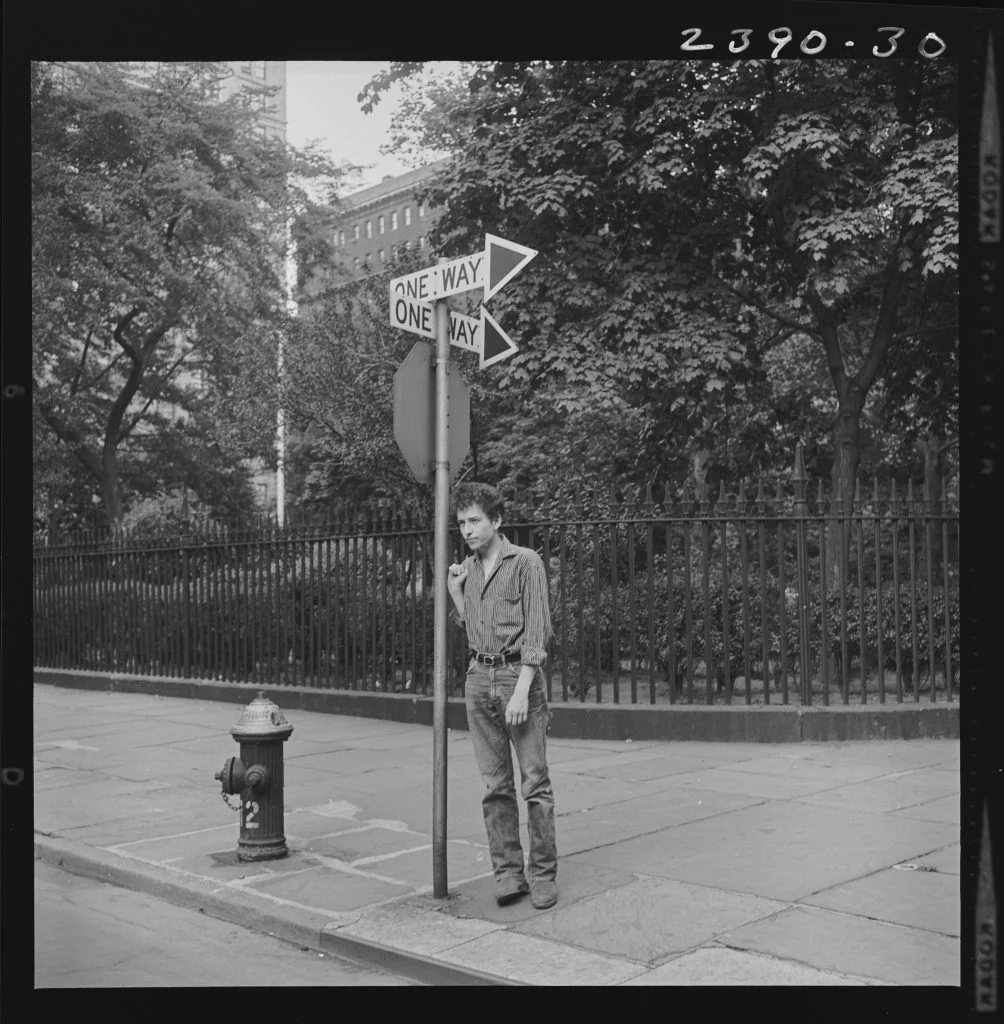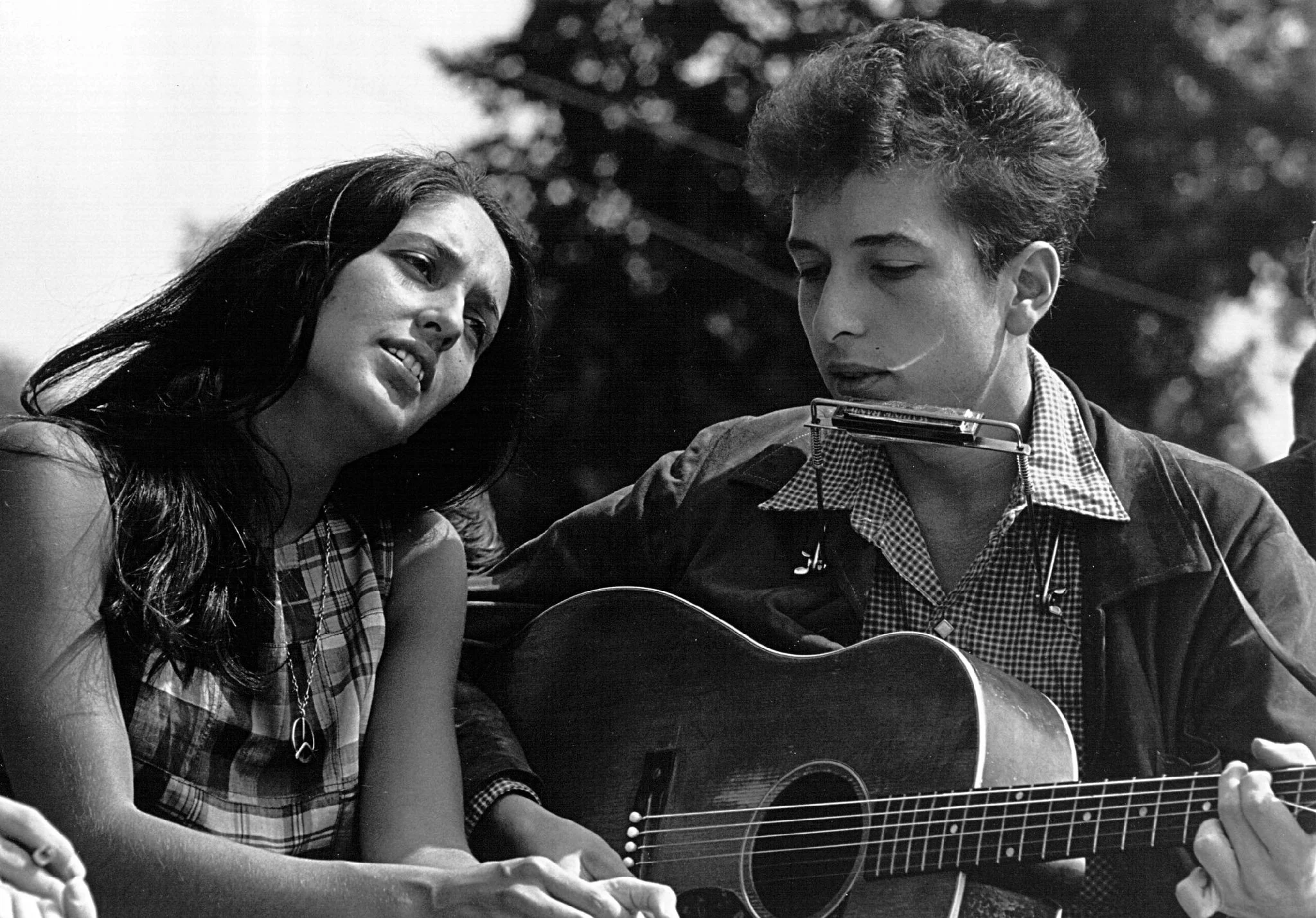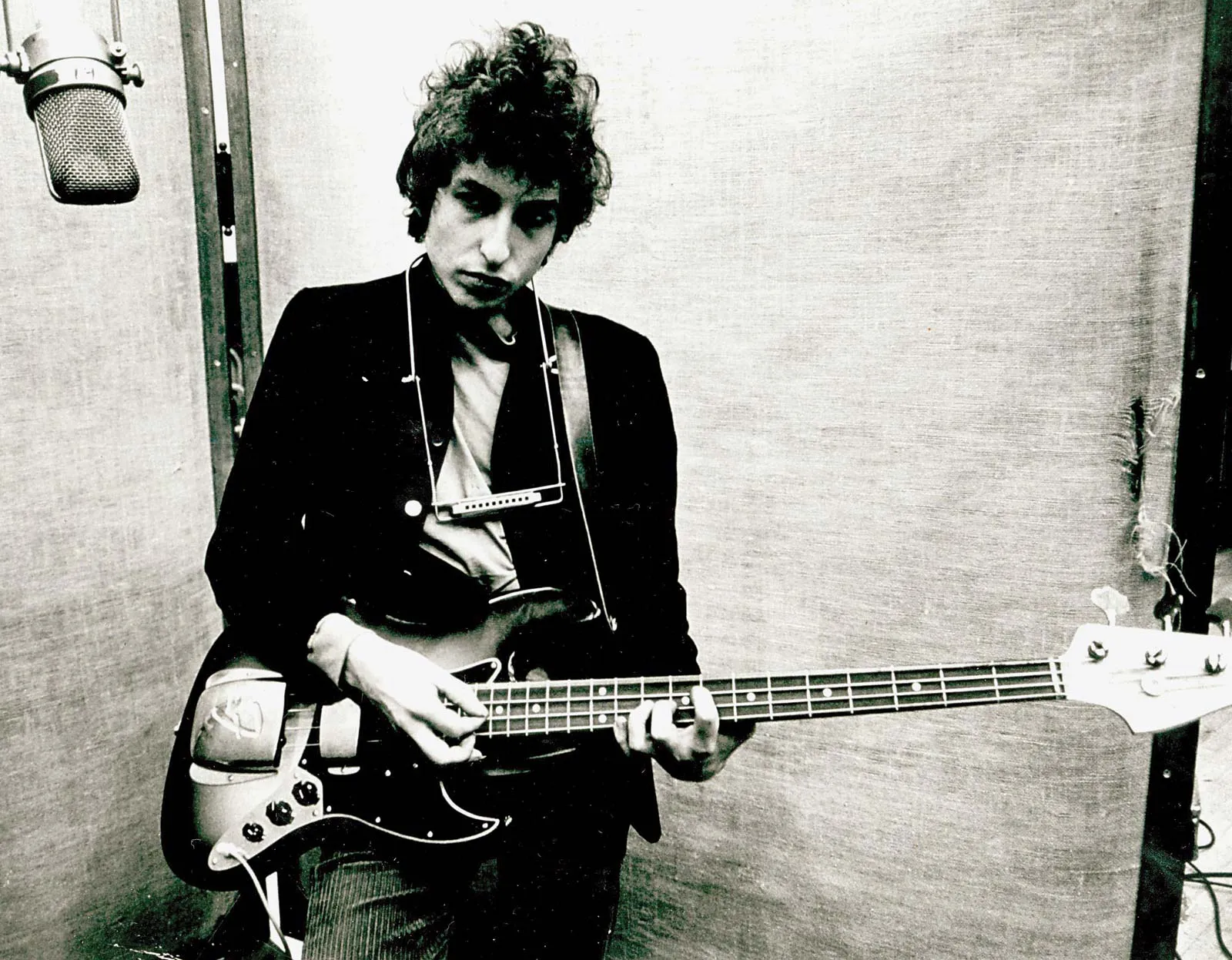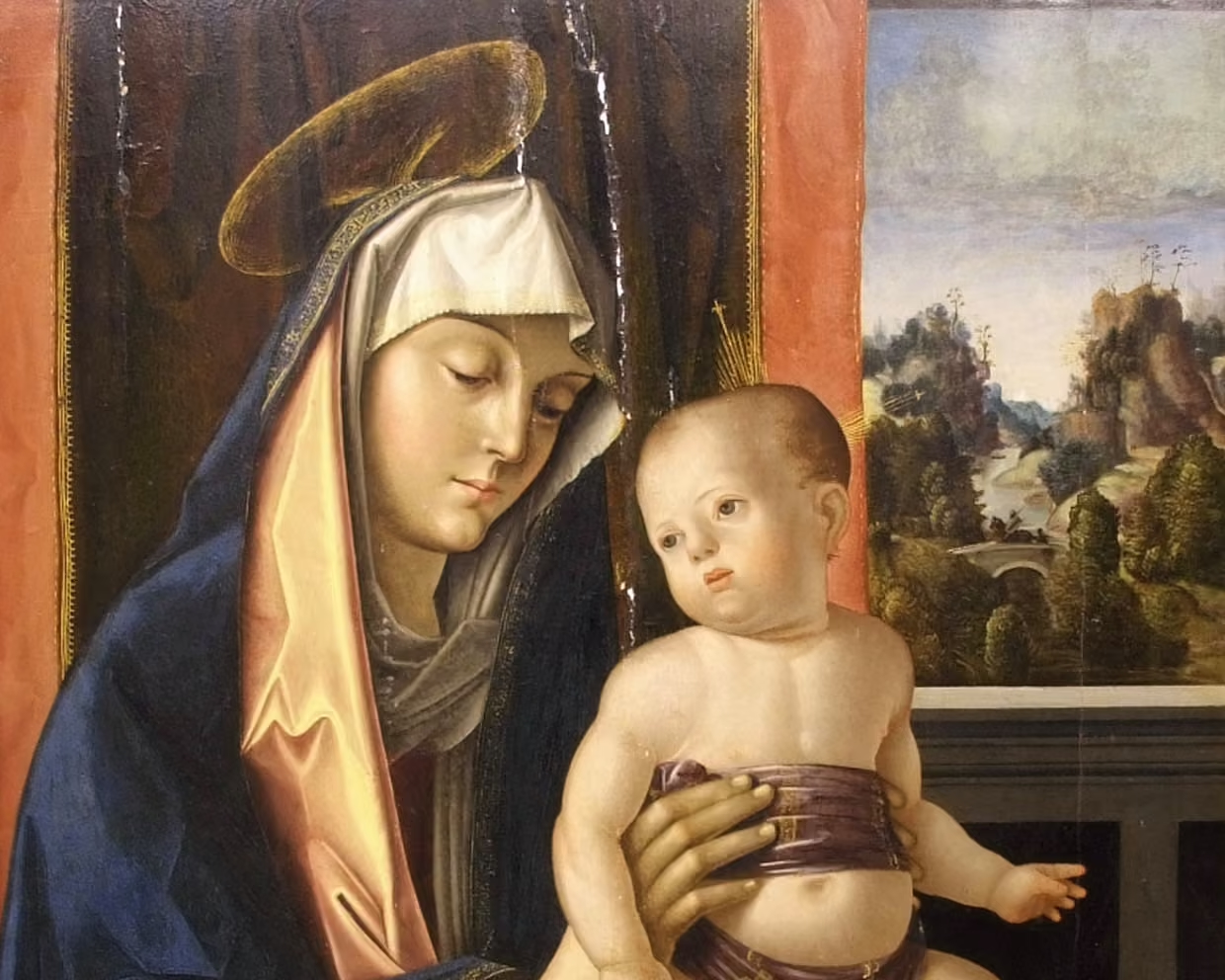Focusing on Bob Dylan’s protest-driven folk era, “How Many Roads” will be on view at NYU’s Gallatin Gallery between August 25 and October 15, tracing how music evolved into a collective form of resistance. Featuring archival documents, rare photographs, and documentary films, the exhibition reminds visitors of the power of song in shaping social consciousness.
Some songs don’t just define an era — they become the voice of a generation’s conscience. Bob Dylan’s early 1960s folk ballads carried just such a burden. When he asked, “How many roads must a man walk down…”, the implication was clear — the journey toward justice was far from complete.
Now, those very songs return to their birthplace: Greenwich Village.
“How Many Roads: Bob Dylan and His Changing Times, 1961–1964” revisits the musician’s political awakening and deep engagement with the civil rights movement. Developed in collaboration with the Bob Dylan Center in Oklahoma, the exhibition brings together manuscripts, behind-the-scenes images, rare videos, and nine short documentaries, inviting audiences to relive Dylan’s first call to protest.

Photo: Ralph Baxter. Courtesy of the American Song Archives.
The Years Music Became Resistance
Dylan’s songs from this period weren’t just melodies — they were testimonies. The lynching of Emmett Till, the assassination of Medgar Evers, the story of Hattie Carroll — all echoed through his lyrics. Masters of War seethed against warmongers; A Hard Rain’s A-Gonna Fall cried out against nuclear dread. But it was Blowin’ in the Wind and The Times They Are A-Changin’ that crystallized into anthems of collective defiance.
The exhibition traces Dylan’s journey between 1961 and 1964, charting a moral and artistic map of an era. Materials include handwritten lyrics, photos from the civil rights frontlines, and footage from historic events such as the Greenwood voter registration campaign, the 1963 March on Washington, and his early appearances at the Newport Folk Festival.
His relationships with figures like Joan Baez, Pete Seeger, and Theodore Bikel showcase the communal spirit of the folk scene. The show highlights not only the evolution of an artist, but also music’s potential as a vehicle for change.

Photo: Rowland Scherman / National Archive / Newsmakers.
Walk the Streets Where It All Happened
The spirit of the time wasn’t confined to records — it pulsed through the streets. That energy was recently brought to life in A Complete Unknown, where Timothée Chalamet portrayed Dylan’s transition from folk hero to solitary voice.
On September 20, the exhibition will include a guided Greenwich Village walking tour, retracing the physical landscape of Dylan’s early years — Great Jones Street, Washington Square Park, Chelsea Hotel, and The Bitter End. These were the spaces where ideas ignited, where a generation found its voice.
“How Many Roads” will be open at Gallatin Gallery, NYU, from August 25 through October 15.










